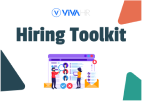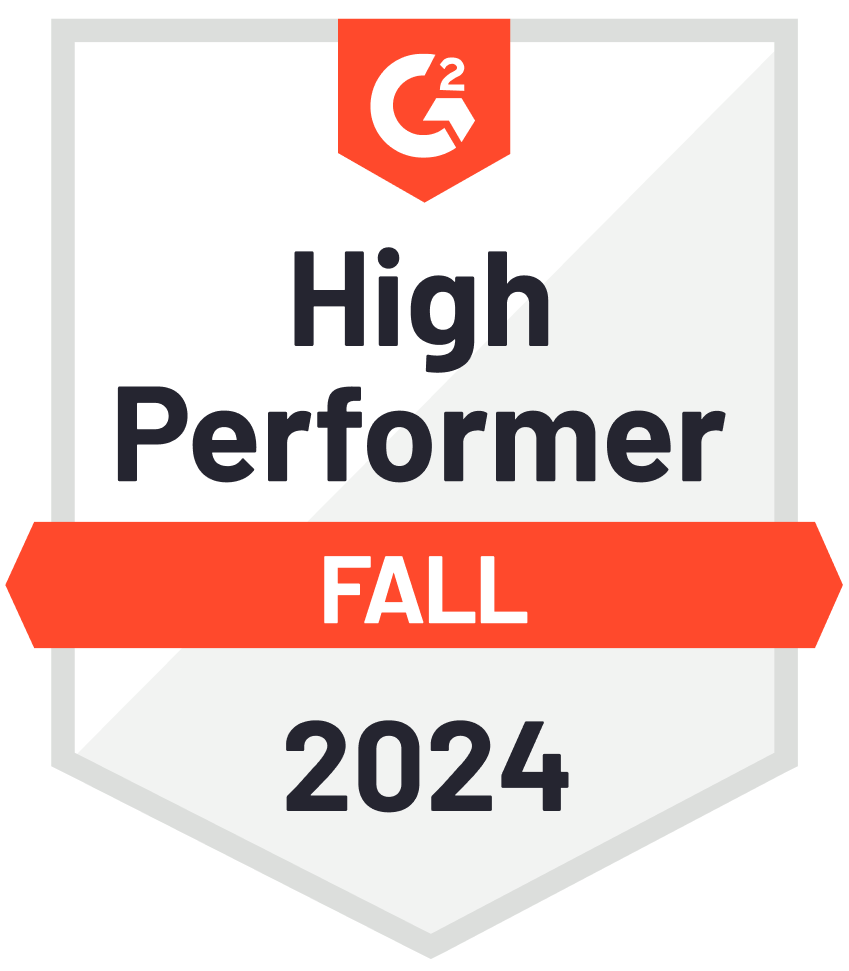Frequently Asked about Back-End Developer
What are the key responsibilities of a Back-End Developer?
A Back-End Developer is primarily responsible for server-side logic, ensuring the seamless functionality of web applications.
Their tasks include building and maintaining the database, developing server-side code, and ensuring the performance, security, and scalability of an application.
They also collaborate with front-end developers to integrate their work with the back-end logic, create APIs, and manage server infrastructure.
They must ensure that the application runs smoothly and efficiently while handling user requests, data storage, and business logic behind the scenes.
What technical skills should a Back-End Developer possess?
A Back-End Developer should have a strong command of programming languages commonly used for server-side development, such as Java, Python, Ruby, PHP, Node.js, or Go.
Proficiency in working with databases (SQL or NoSQL) is essential for managing data storage and retrieval.
In addition, knowledge of version control systems like Git, experience with RESTful APIs, server management, cloud services, and security best practices are crucial.
Familiarity with frameworks and libraries that accelerate development, such as Django, Spring, or Express.js, is also important.
A deep understanding of algorithms, data structures, and software architecture is expected to ensure the performance and scalability of the applications they build.
How can employers assess the problem-solving skills of a Back-End Developer?
Employers can assess the problem-solving skills of a Back-End Developer through technical interviews that involve coding challenges or real-world scenarios related to the position.
By presenting problems that require the developer to design a solution, debug existing code, or optimize algorithms, employers can gauge how well the candidate thinks through complex problems and implements effective solutions.
Additionally, reviewing their past projects or open-source contributions can offer insight into their approach to overcoming technical challenges and their ability to design scalable, efficient systems.
What role does a Back-End Developer play in ensuring the security of an application?
A Back-End Developer plays a critical role in ensuring the security of an application by implementing server-side measures to protect against vulnerabilities and attacks.
They are responsible for writing secure code that mitigates risks such as SQL injection, cross-site scripting (XSS), and cross-site request forgery (CSRF). They must also ensure proper authentication, authorization, and encryption protocols to safeguard sensitive data.
A Back-End Developer is often involved in setting up firewalls, managing access control, and applying security patches and updates. They must continuously monitor the application for potential security threats and take proactive measures to prevent breaches.







